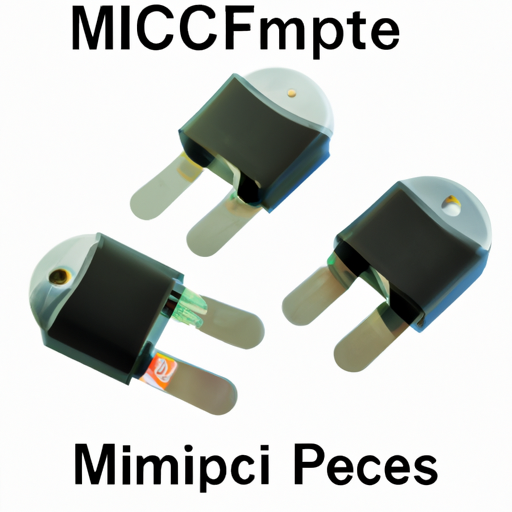Mica and PTFE Capacitors: Core Functional Technology and Application Development
Overview of Mica and PTFE Capacitors
| Construction: Mica capacitors are constructed using natural mica as the dielectric material. Mica is prized for its exceptional electrical properties, stability, and resistance to environmental factors.Construction: Mica capacitors are constructed using natural mica as the dielectric material. Mica is prized for its exceptional electrical properties, stability, and resistance to environmental factors. |
| Characteristics: These capacitors are known for their low loss, high stability across temperature and voltage ranges, and superior frequency response. They are particularly suited for high-frequency applications due to their minimal parasitic inductance and capacitance.Characteristics: These capacitors are known for their low loss, high stability across temperature and voltage ranges, and superior frequency response. They are particularly suited for high-frequency applications due to their minimal parasitic inductance and capacitance. |
| Applications: Mica capacitors are commonly used in RF applications, oscillators, filters, and precision timing circuits.Applications: Mica capacitors are commonly used in RF applications, oscillators, filters, and precision timing circuits. |
| Construction: PTFE (Polytetrafluoroethylene) capacitors utilize PTFE as the dielectric material. This synthetic fluoropolymer is recognized for its high thermal stability and chemical resistance.Construction: PTFE (Polytetrafluoroethylene) capacitors utilize PTFE as the dielectric material. This synthetic fluoropolymer is recognized for its high thermal stability and chemical resistance. |
| Characteristics: PTFE capacitors exhibit low dielectric loss, high insulation resistance, and excellent performance in high-frequency applications. They are also resistant to moisture and a variety of chemicals.Characteristics: PTFE capacitors exhibit low dielectric loss, high insulation resistance, and excellent performance in high-frequency applications. They are also resistant to moisture and a variety of chemicals. |
| Applications: These capacitors find use in telecommunications, aerospace, medical devices, and other applications that demand high reliability and performance.Applications: These capacitors find use in telecommunications, aerospace, medical devices, and other applications that demand high reliability and performance. |
Core Functional Technology
| 1. Dielectric Properties | |
| 2. Temperature Stability | |
| 3. Frequency Response | |
| 4. Environmental Resistance | |
| 1. Telecommunications | |
| 2. Aerospace | |
| 3. Medical Devices | |
| 4. Industrial Applications | |
Application Development Cases
Conclusion

Mica and PTFE capacitors are vital components in a wide range of high-performance applications due to their unique properties and capabilities. Their ability to maintain stability under extreme conditions, combined with excellent electrical characteristics, makes them indispensable in telecommunications, aerospace, medical devices, and industrial applications. As technology continues to evolve, the demand for these capacitors is expected to increase, driving further innovation and development in their applications. The ongoing advancements in materials science and engineering will likely enhance the performance and expand the use cases for mica and PTFE capacitors in the future.






